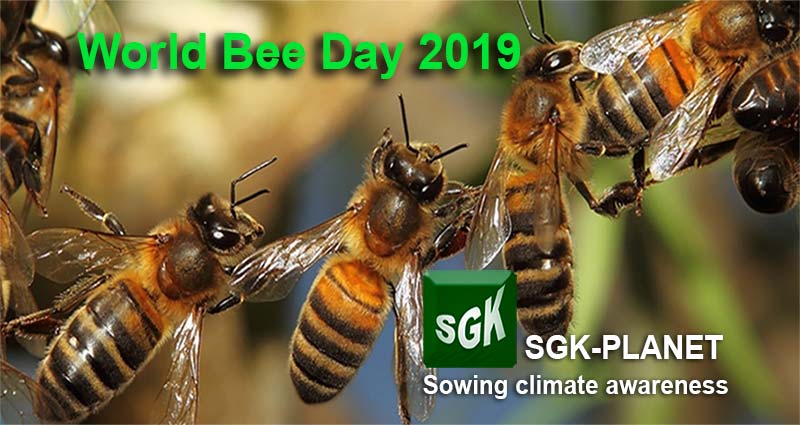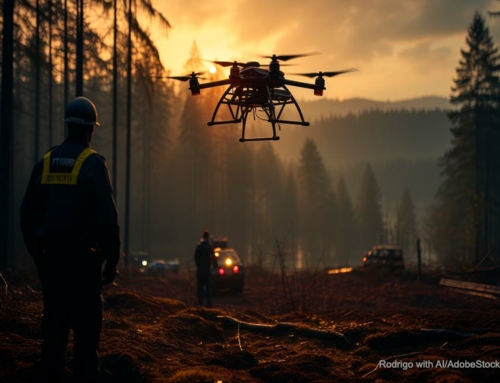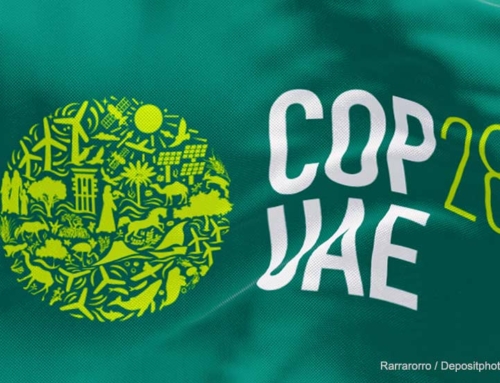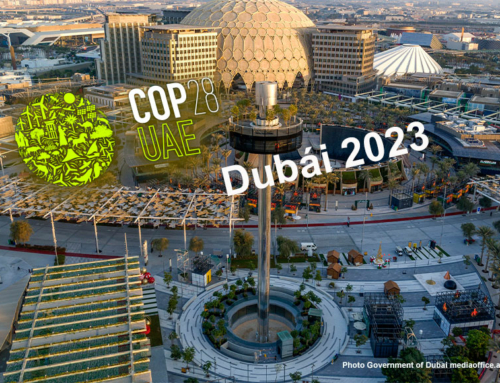Today is World Bee Day. Why do we say that these champions of pollination and laborious honey producers have nothing to celebrate The answer is: they are in danger of extinction, basically due to our activities. And this is not a little thing, because the small Antophilas, which is its scientific name, and in Greek means “flower lovers” are key to life on Earth. So, let’s find out about what happens with the bees, to see if we can help something.
Since when is World Bee Day celebrated? Why on May 20?
World Bee Day, May 20, was approved by the United Nations General Assembly in 2017. This date was chosen because it was the birth of Anton Janša, (1734, Slovenia), pioneer of modern beekeeping. Janša belonged to a family of beekeepers, for whom the technique of raising bees had a long tradition.
What are the goals of World Bee Day?
World Bee Day aims to publicize the habitat of bees and other pollinators to improve their survival conditions, that is, stop the decline of their population and start their recovery. According to the UN, the celebration of World Bee Day has the following objectives: “Call the attention of the world population and politicians on the need to protect bees. We must remember that human beings depend on bees and other pollinators. Protect bees and other pollinators so that they can make a significant contribution to solving problems related to the world’s food supply and ending hunger in developing countries. Stop the loss of biodiversity and degradation of ecosystems, and in this way contribute to the achievement of the Sustainable Development Goals.”
What is the importance of bees?
There are between 25 thousand and 30 thousand species of bees, which have a transcendental function, greater than what is thought. World food production and biodiversity depend largely on pollination, a process that allows the fertilization of flowers and the production of seeds and fruits. Bees, wasps, butterflies, moths, beetles and other insects are largely responsible for this process. The serious thing is that their populations are diminishing by leaps and bounds.
What is pollination?
The process of pollination consists of the transfer of pollen from the stamens of some flowers to the stigma of others. There germinates and fertilizes the ovules of the flower, making possible the production of seeds and fruits. Three quarters of the food crops in the world depend on pollination by insects and other animals. Bees are one of the main transporters of pollen, along with some other insects, birds and bats. The wind also contributes to pollination. Without these agents, life would be impossible.
Among the priorities of the UN is the observation and control of the decline in the number of pollinators, the causes of their decline and their impact on pollination. Evaluate the economic impact of the decline in pollinator activity. Promote the conservation, recovery and sustainable use of the diversity of pollinators in agriculture and related ecosystems.
What are the causes that endanger bees?
Among the factors that threaten pollinators, we can first consider the impact of climate change on them, especially bees, one of the species most exposed to climate phenomena. Reality has demonstrated the high vulnerability of these insects to human action, such as the reduction of their population and the danger of extinction. Among these we can consider: the loss or deterioration of habitats, intensive agriculture, parasites and diseases, as well as the use of chemicals, fumigants and pesticides in agricultural production and pollution.
What are the figures related to the problem of bees?
Since the mid-1970s, the number of bee colonies has decreased by more than 33%, from 4 million to just under 2.5 million, according to Ecoesfera.
75% of the food we consume depends on pollination.
37% of bee populations in Europe are in decline.
+2.4 million € is the economic value of the work of pollination of bees for Spanish agriculture.
According to Greenpeace data.
What would happen if the bees became extinct?
Most flowering plants produce seeds only if the pollinating species do their job of transporting the pollen from the anthers of some flowers to the stigmas of others. Without this activity they would stop producing many foods for human consumption, especially fruits, vegetables and legumes. The production of fodder for animal consumption would also be affected.
What can we do to save the bees?
Those responsible for developing strategies to protect pollinators should include in their agenda: pesticide policies that respect pollinators; conservation and improvement of their habitats; valuation, incentives and payments for ecosystem services; participation, knowledge exchange and empowerment of rural and indigenous peoples, as well as local communities; joint research and public awareness and dissemination and knowledge exchange. The role of farmers and governments: reserve some areas as natural habitat; create plant barriers; reduce or modify the use of pesticides; respect the nesting places; sow farming attractions around the field. According to the UN.
In the short term, toxic products for bees, which are currently in use, should be banned and the risk assessment of pesticides should be much stricter. On the other hand, comprehensive action plans must be put in place to save the bees. And the final solution is the adoption of organic farming as the only way to produce food respectful of all the inhabitants of the planet. As Greenpeace indicates.
At home the recommendations can be of a great variety. Here we leave a few:
Have more gardens and less grass and reduce the frequency with which you prune. Plant flowers of your locality. Diversify your planting, paying attention to variety of species in terms of size, color and shape. Take advantage of the entire flowering season. It provides water and good accommodation. Learn what are the most suitable pesticides.
Sandor A. Gerendas-Kiss







Leave A Comment